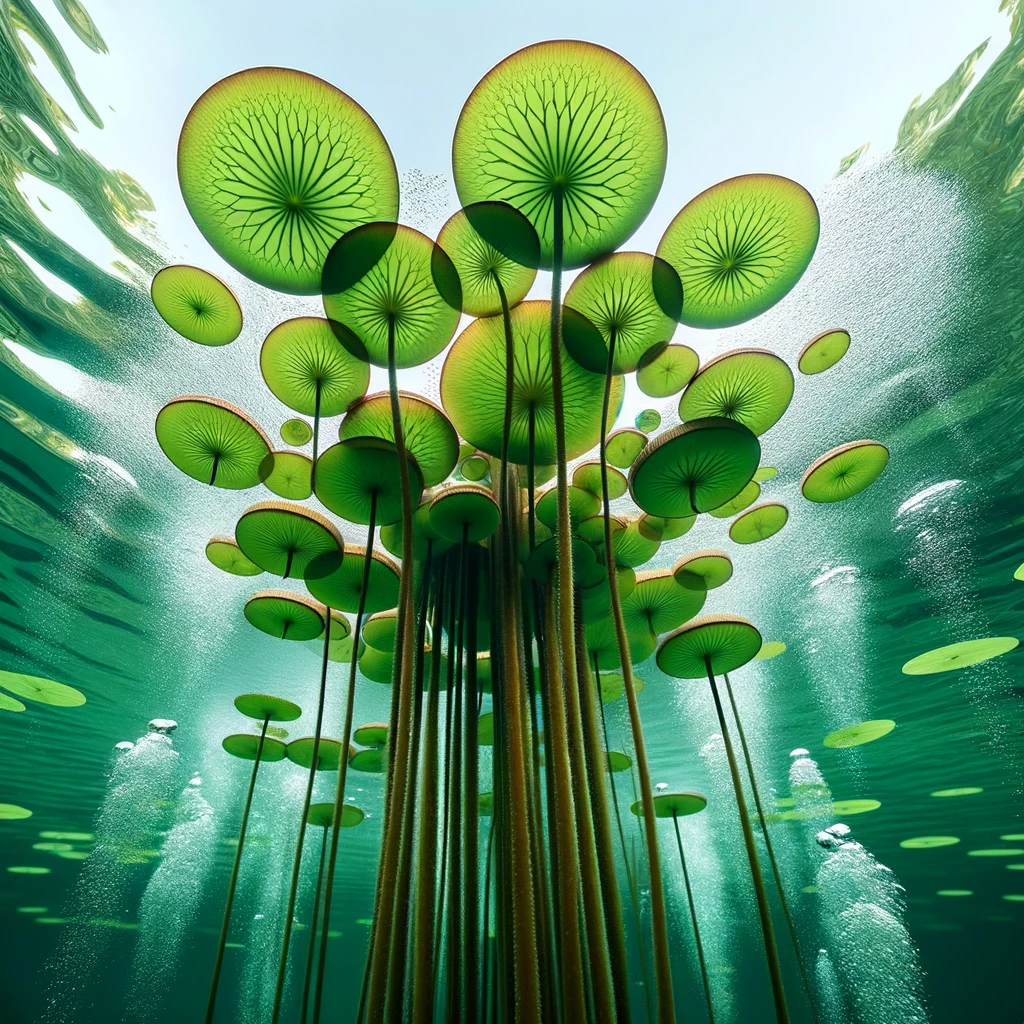Indictment
Etienne Vautherin - 2024/06/07
This article concludes the detective fiction about iOS 18
Warning: do not try this at home. This content is sensitive because we are now entering the most prospective part of this investigation. These are deductions, not proofs, and special diving equipment is required.
Mixing generative AI and declarative UI.
With iOS 18, using an iPhone no longer means launching an app. Upon waking up in the morning, you begin a daily activity:
- You are at home, it is 8:00AM, it is a week day,
- You get a summary of the latest news,
- You commute to your usual office,
- etc.
Each of these steps is translated by iOS 18 into receiving a data flow from an activity. Thus, the iPhone daily life is a recursive composition of activities.
The first one is interesting because it is composed of two physical world data flows: location and time. We know (from the third clue) that iOS opens a CLMonitor background activity session. It delivers a stream of privacy data, so you need to grant permission when setting up this activity.
Where does the daily main activity come from?
A daily activity is the translation of a pattern in your daily life into a composition. And the composable element of this composition is not the app but the activity.
In “Apple Plans AI-Based Siri Overhaul to Control Individual App Functions”, Mark Gurman describes this coming process.
The Activity Driven iOS Architecture is now the foundation for the future (from first clue). The puzzle is completed and we can see the whole picture that could reveal Craig Federighi as described in this article from the Wall Street Journal.
What does it mean for a developer?
A developer no longer creates an app, a developer creates an activity. And, more precisely, a developer declares an activity. Because declaration is the way to create with the help of generative AI.
A generative AI is state-of-the-art; it’s the way to obtain an instance that conforms to the existing common agreement. A modern developer is an innovator who brings to life a new idea. This idea is a declaration, it is formulated in a language.
The nature’s coding language is DNA. So, let’s imagine that an iOS activity is a water lily. A developer supplies a water lily seed to the ecosystem. When the seed meets a favorable iPhone hardware and favorable sensor value conditions, a water lily sprouts. Leaves and flowers then appear on the surface of the iPhone screen. Yes, in addition to the SwiftUI Scene, the investigated theater also offers a water mirror for the spectator’s pleasure. A modern developer is an innovator and an artist!

How does a water lily appear on the pond?
There are two modes of reproduction:
-
The vegetative mode. Water lilies have rhizomes, which are underground or submerged stems. These rhizomes can extend horizontally underwater and produce new shoots at regular intervals. The new shoots developed from the rhizomes form leaves, stems, and roots, thus creating clones of the parent plant. This mode of reproduction allows rapid and efficient propagation of water lilies in a favorable habitat.

Such activities are produced by generative AI. They are clones. In this case, the \(g\) function stands for “generative”.
-
The seeds. Water lilies produce attractive flowers that float on the water’s surface. These flowers are often pollinated by insects, although some species can be pollinated by wind or water. When an insect visits a flower to collect nectar, it transfers pollen from the stamens (male parts) to the pistil (female part) of the same or another flower. This allows the fertilization of the ovules located in the ovary of the flower. After fertilization, the ovary develops into a fruit containing seeds. This fruit can float on the water’s surface or sink to the bottom, depending on the species. The seeds are dispersed by water. Some seeds can float and be carried long distances before sinking and germinating in a new location. Other seeds are directly released at the bottom of the water near the parent plant.

Such activities are produced by new ideas. They are created by the flight of a butterfly. We are far from a machine, we feel some beauty. In this case, the \(g\) function stands for “gene from a creator genius”.
For both these modes, the \(f\) function stands for “flower”. (\(f\) and \(g\) are defined in the second clue). This is the current visible part of the water lily. The surface of the natural pond is composed of cloned and seeded activities. The breath of innovation or a poetic butterfly could mix pollen from both.
This concludes our detective fiction about iOS 18. We are now ready to follow WWDC 2024 and it will be a marvelous dive to explore the submerged part of the water lily.

